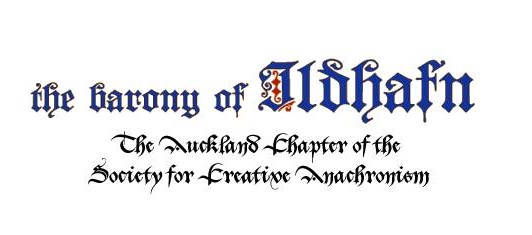Date:
Late 15th century (c. 1490–1500)
Description:
“Como pudeo yo vivir” (modern spelling: ¿Cómo puedo yo vivir sin mi bien?) is a poignant Spanish love song from the Cancionero de Palacio, a major collection of courtly music from late 15th-century Spain. The title translates to “How can I live without my beloved?” and reflects the deeply emotional, often bittersweet nature of Iberian court song during the reign of the Catholic Monarchs.
Discussion:
This piece belongs to the tradition of villancicos and canciones that thrived in Spanish court circles. Often polyphonic and lyrical, these songs blend influences from folk traditions, sacred music, and the courtly love poetry of the time. “Como pudeo yo vivir” is typically performed with three voices (SSA or TTB), often accompanied by lute, harp, or vihuela. Its flowing melody and expressive harmonies make it a favourite among early music vocal ensembles.
Composer:
Anonymous (from the Cancionero de Palacio, ca. 1500)
Arranged by:
Original for 3 voices; modern arrangements for:
- SSA or TTB vocal trio
- SATB with inner voice doubling
- Voice with instrumental accompaniment (lute, harp, vihuela)
- Recorder or viol consort
Sheet Music:
Available in editions of Cancionero de Palacio and through CPDL, IMSLP, and early music publishers
The arrangement we use is available here as a pdf or musescore file for voice or pdf or musescore file for B-flat instruments.
Parts:
- Original 3-part vocal (SSA or TTB)
- Optional instrumental version for recorders, viols, or harp consort
- Solo voice with lute or vihuela reduction
Type:
Secular Court Song / Villancico
Language:
Spanish
Ranges:
(SSA version example)
- Soprano I: D4 – A5
- Soprano II: B3 – E5
- Alto: A3 – C5
(TTB version follows similar range in male voices)
Advice for beginners:
A great piece for small vocal groups interested in early Spanish music. The lines are lyrical and fairly easy to learn, with gentle dissonances that require good tuning and awareness. Focus on clear Spanish diction and shaping of phrases to convey the lamenting character. For instrumentalists, the flowing lines and homophonic sections offer excellent ensemble practice.
Sound Files:
Here are some sound files for reference.
Voice: All parts, soprano, alto
Bflat Instr: All parts, soprano, alto
